Today I have a guest post from . Susannah writes about brain health, psychiatry, identity and capitalism, aiming to help fill the gaps in the conversation around mental health. She is currently working on her first creative nonfiction book. Follow her work:
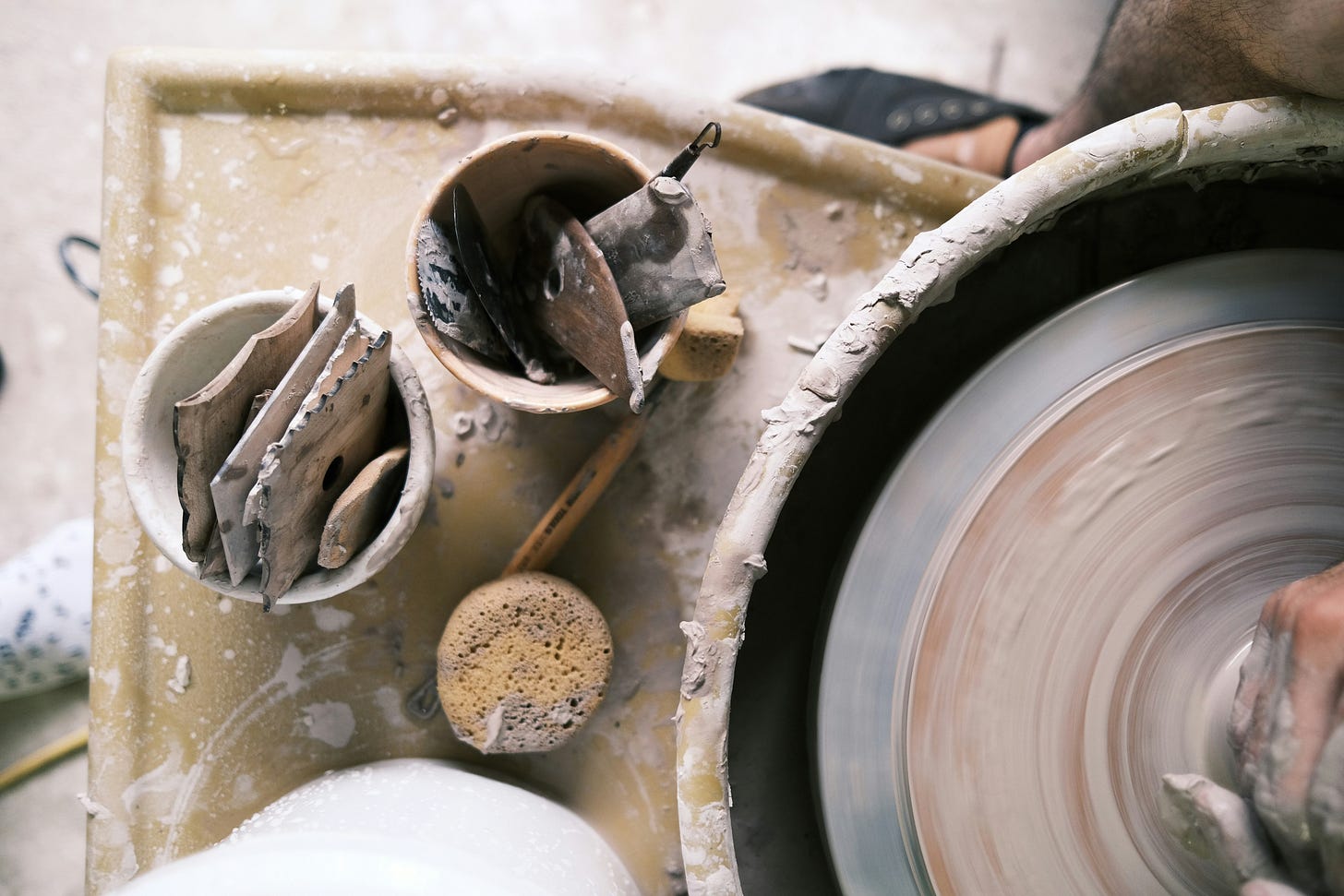
Everything you grow up with is normal, until you find out that other families do it differently. I grew up with music lessons, clubs and associations - if there was something you wanted to do, you booked a class, and it became your hobby. Hobbies had an official character - they were something you signed up to, and that way you knew what to add to the Interests section on your CV. After university, I no longer had any hobbies.
At first, I would occasionally pick up my sketchbook and draw, or maybe write. But, for me, none of these things were hobbies and, eventually, life, in combination with chronic insomnia, took over and my sketchbook ended up at the back of a drawer.
After giving birth to my daughter in 2017, I developed postpartum psychosis and was admitted to hospital with no clue that this would take longer than a week or two to recover from. Once I managed to get out of bed, I saw that my roommate had transformed a section of the table by the window into an art space. Without thinking much, I asked her if I could have some paper and she shared her supplies with me. I started to draw and a pregnant figure emerged, swirling in red, surrounded by the many nicknames we had already given our 5-week-old daughter.
That was the start of it. I drew and painted every day after that, filling my side of the table with art as my husband dug my old supplies out of the cupboard. When I joined occupational therapy downstairs, I immediately gravitated to pottery. It had been well over 10 years since I had played with clay. That cool resistance as you form it, the powdery dryness of your hands, its flexibility as a piece takes shape. It all felt so right and familiar.
Once I was able to leave the ward and go home, I needed something to do while my daughter was sleeping. I had zero cognitive stamina and couldn’t read much. So I started on my first art project since school, covering our coffee table with decoupage. It was a couple of months later that I felt up to joining a class - but this time I chose pottery. Half of the class was made up of a group of retired women, who clearly came every term - a real community. Those 6 weeks were over too soon. A few months later, I joined another pottery class, and I did the same the next year and the next. At some point, working with clay became something I did, maybe not often, but regularly - a hobby. I loved it and it felt like my thing.
Last year, looking for an activity that my daughter and I could do together, I started collaging again. It was the same feeling - it felt natural and we had fun together. One day, junk journaling appeared on my YouTube homepage, sending me down a crafting rabbit hole. Playing around with paper and glueing and sticking had, at some point over the last 25 years, become something official, a hobby that adults did (or perhaps it always had been and I just hadn’t realised?). I remembered the hours and hours I spent making things with paper as a child - I had loved it then, although I had never seen it as a hobby. It was just something I liked doing. But perhaps I hadn't quite understood what hobbies were. Looking back, they were tasks to be completed, similar to homework. I had to get up on time for violin ensemble, practice my scales (or at least be able to bluff well enough so that it seemed like I had), and once I had signed up for a club, this was a long-term commitment. I never classed crafting or collaging as a hobby. One day, I was chatting to my husband and I realised that he had a very different understanding of free time. To him, hobbies were simply things you enjoyed doing. I realised that growing up with clubs and lessons that gave activities an official character had shaped my understanding of what hobbies could be. There had to be groups to attend and exams to pass - there was always external assessment and productivity involved. Activities that can’t be made official, that just happen, weren’t proper hobbies. Even if you enjoyed them more.
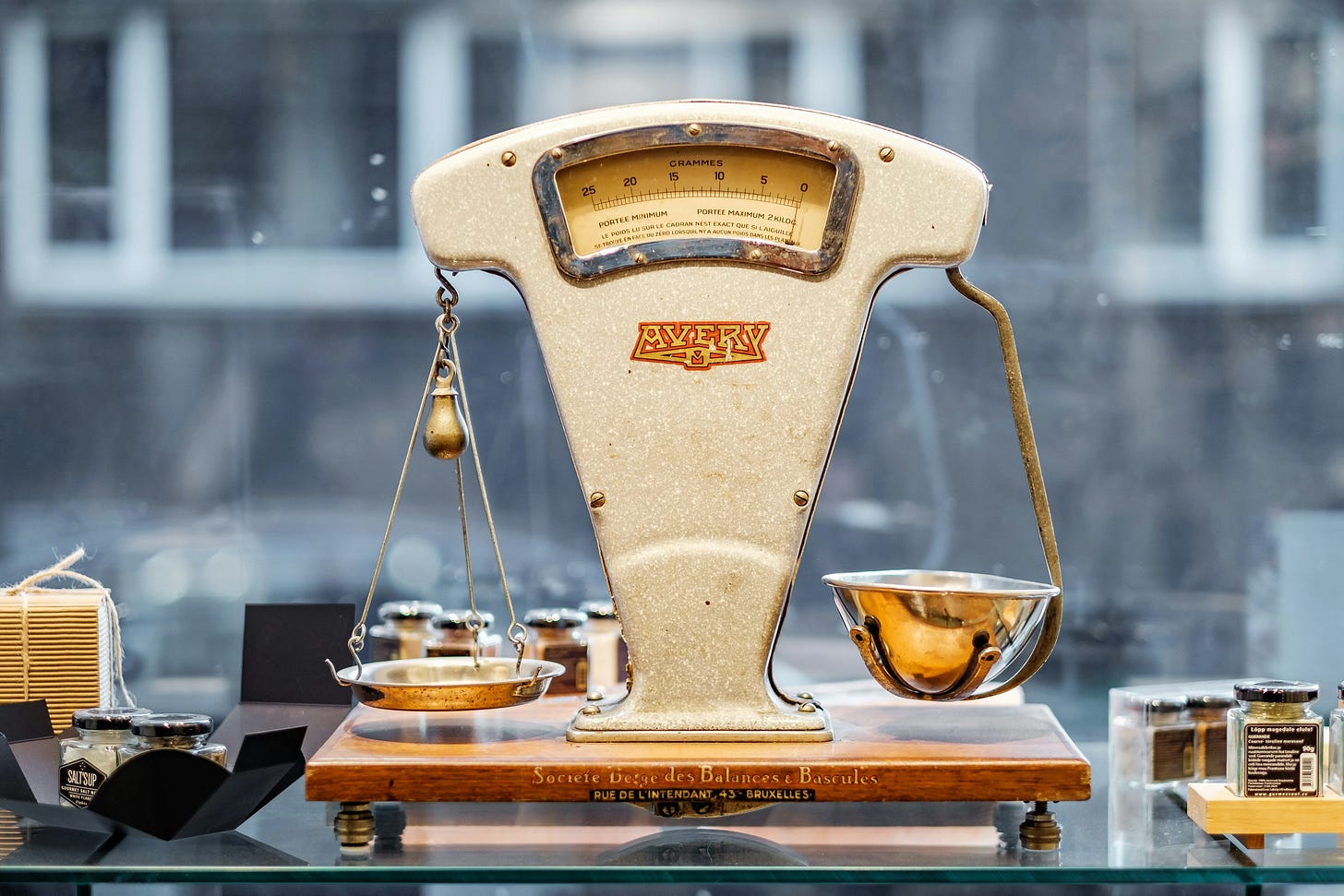
Over the last couple of years, I grew to understand that these freer activities were not only perfectly valid ways to spend your time - they were actually important. My therapist would ask what I had done for myself that week. And, for a long time, the answer was nothing. I did the other exercises - those that felt like work - but me-time just didn’t seem important. But when I was introduced to a concept that saw the body as a pair of scales that needed to remain balanced, everything suddenly fell into place - and what my therapist had been asking for weeks made sense.
One side of the scale holds life’s stresses - pressure at work, getting your child to school on time, the mound of undone chores. If there is nothing on the other side to counterbalance the weight, this side of the scale sinks to the bottom with a crash and the stress becomes impossible to deal with. So, to stop this from happening, we need to make sure that we also have resources for rest and relaxation in our lives. And one important example is me-time - time for your hobbies, time to relax, time to read a good book. Ideally, this should be the heavier side of the scale - that way, you are better able to cope with the stress life throws at you. Rather than attempting to remove any source of stress from your life - which would, in the long-term, be almost impossible - the aim is to give your body the resources needed to deal with stressors so that they don't negatively impact your health.
I now know that art is one of my counterweights to the stress in life. I love arranging pieces of paper to make a collage, experimenting with paint and texture. I love picturing an object I would like to have - a teapot, a water display, a sculpture to hold my many plant pots - and using clay to bring it into existence. Art is relaxation and flow and happiness - and the easiest way to help my body stay healthy that I know.
Gratitude to for this guest post. Having attended a high-achieving high school, I can relate to the experience of thinking of hobbies as something ultimately designed to be “productive” and have more of a purpose than pure enjoyment. I’ve grappled with this off and on as an independent creative, making a living off of art and writing - and yet, resisting the urge to monetize everything I do creatively. It’s a tricky balance for many creatives whose mental, physical, and financial wellbeing may all be tied up with artmaking. It’s a balance absolutely worth figuring out.
You Might Also Like to Read:
Interviews with and and guest post by





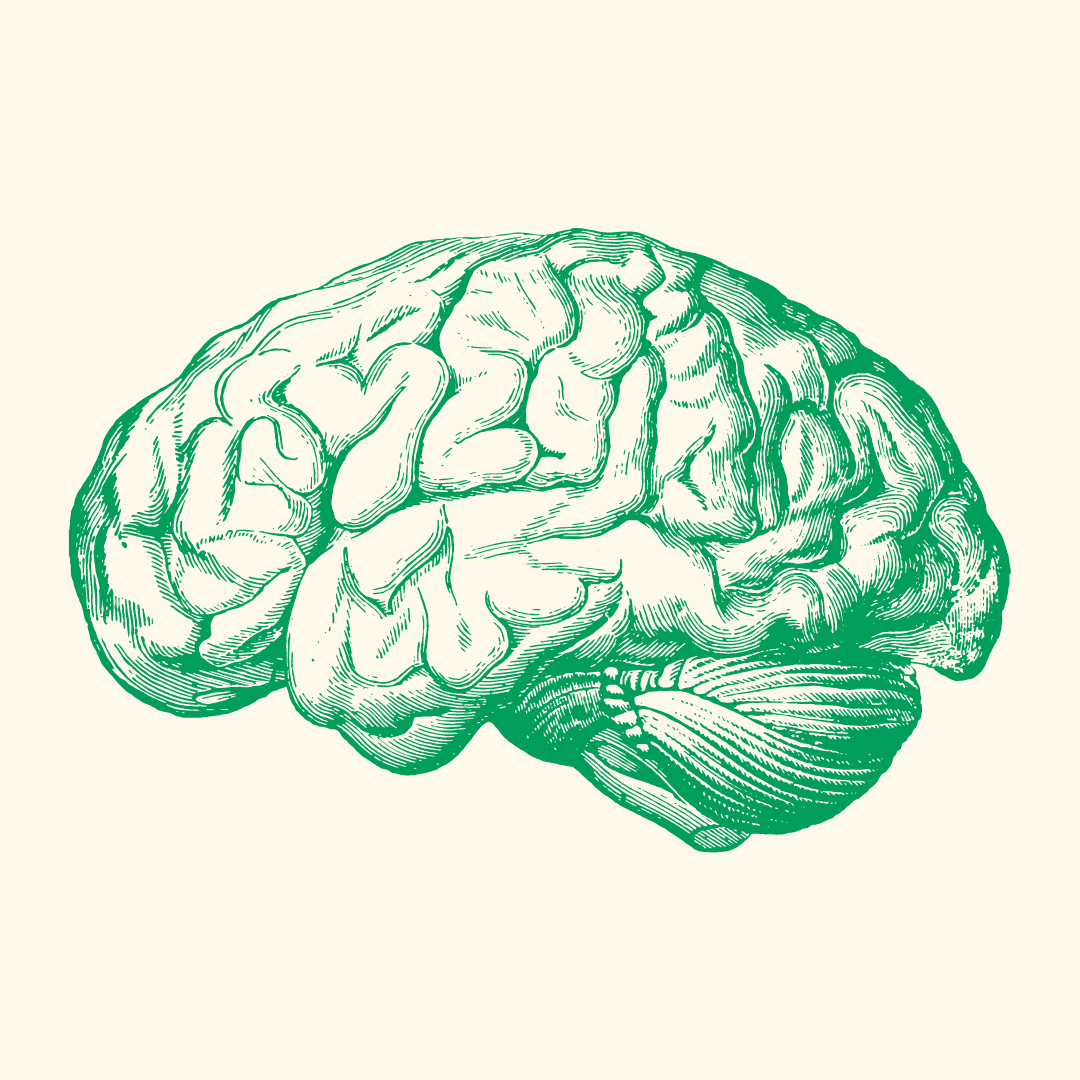
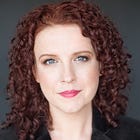
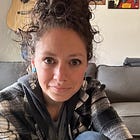

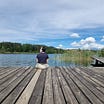
Thank you for this. It was incredibly illuminating.